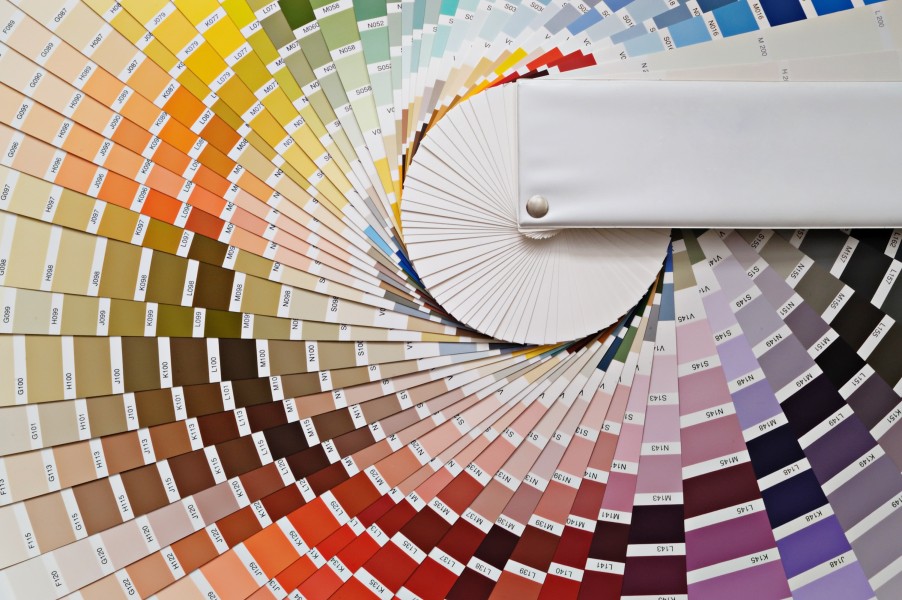Shades of Success: How Colour Theory Impacts the Effectiveness of Graphic Design

What is colour theory?
Colour theory is based on the colour wheel, which is a visual representation of primary, secondary, and tertiary colours. The colour wheel is used to create colour schemes that can be used in a design, such as complementary colours (colours that are opposite each other on the colour wheel) or analogous colours (colours that are adjacent to each other on the colour wheel).
Colour theory has a significant impact on graphic design. The use of colour can evoke emotions, set the tone for a design, and communicate a message.
Colour theory impact on graphic design:
- Mood and Emotion: Colours can evoke different emotions and moods. For example, warm colours such as red, orange, and yellow can create a sense of energy and excitement, while cool colours such as blue and green can create a sense of calmness and tranquillity. By using colour strategically, graphic designers can create designs that evoke the desired emotions and mood.
- Brand Identity: Colour is an important element in brand identity. Many brands use specific colours to convey their brand personality and values. For example, Coca-Cola uses red and white to create a sense of energy and excitement, while Apple uses white and silver to create a sense of simplicity and sophistication.
- Visual Hierarchy: Colour can also be used to create a visual hierarchy in a design. Visual hierarchy refers to the arrangement of elements in a design to communicate the importance of each element to the viewer. By using contrasting colours, designers can draw attention to specific elements of a design and create a sense of depth and dimensionality.
- Accessibility: Graphic designers need to be mindful of colour accessibility, especially when designing for digital platforms. Colours that are difficult to distinguish can make it challenging for people with visual impairments to access information. By using accessible colour palettes and contrast ratios, designers can create designs that are inclusive and accessible to everyone.
Why is colour theory in graphic design important?
Colour theory has a significant impact on graphic design because it allows designers to create effective visual communication. Understanding colour theory helps designers make informed decisions when selecting colours for their designs, such as how to create a visual hierarchy, set a mood, and communicate a message.
Proper use of colour can make a design stand out, evoke emotions, and create a strong impression on the viewer. Conversely, poor colour choices can make a design appear unprofessional, confusing, or unappealing. Therefore, colour theory plays a vital role in creating successful and visually engaging designs in graphic design, and it’s important for designers to have a solid understanding of it.
Here at Round, understanding colour theory enables us to create designs that are not only visually pleasing but also effectively communicate our client’s messages. By applying our knowledge of colour theory, we can ensure that the colours we choose are appropriate for our client’s target audience and align with their brand identity. By integrating colour theory into our design process, we can create designs that resonate with our client’s audience and help them achieve their business goals.





